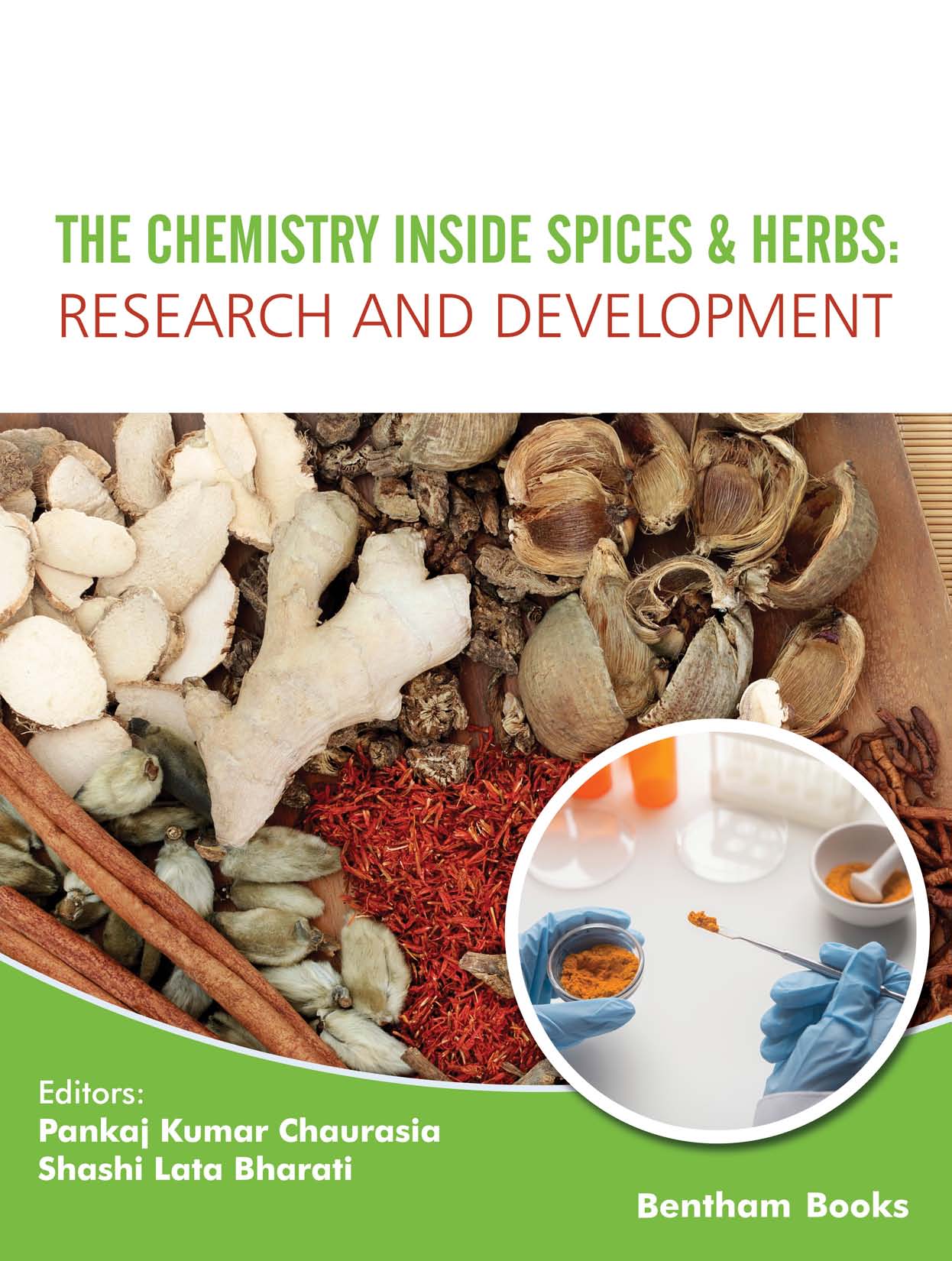Biologically Active Compounds and Structure- Activity Relationship

- By Sunil H. Ganatra1
-
View Affiliations Hide Affiliations1 Department of Chemistry, Govt. Institute of Science, Nagpur, M.S, India
- Source: The Chemistry inside Spices & Herbs: Research and Development: Volume 1 , pp 260-281
- Publication Date: April 2022
- Language: English
Naturally occurring compounds are found to be the most prominent and effective biological active compounds against various diseases. The majority of drugs approved between 1983 to 1994 are derived from natural products. Still today, the majority of pharmaceutical laboratories are hoping to get new drug candidates from natural resources. The traditional method of drug discovery from naturally occurring compounds has been upgraded by using advanced computer-based drug discovery. In drug discovery, the initial efforts are to know the relationship between the biological activity of natural compounds and their chemical structures. To be precise, the method of structure-activity relationship aims to recognize the basic structural component responsible for biological activity. The computational modeling drug discovery using various tools plays a major role in identifying the lead compounds. In this method, three major ways are utilized to understand the structure-activity relationship. The foremost one is the Quantitative Structure-Activity Relationship (QSAR). In this method, the relationship was established using regression techniques between the ‘Predictor Variable (X)’ with the potency of the ‘Response Variable (Y)’. The predictor variables are molecular descriptors, while the response variables represent the biological activities of the molecules against the selected diseases. If the response variable represents the chemical property, in that case, the model is called as Quantitative Structure-Property Relationship (QSPR). The second method is called “Inhibition Studies”. In this process, the designed chemical entity is docked to the targeted enzyme using docking software. The basic principle of this method is the executive competitive inhibition between the natural inhibitor and the designed chemical entity. The law of thermodynamic is used to understand the best-docked chemical entity by obtaining the value of binding energy (ΔG kcal/mole) due to the complex formation between the chemical moiety and target enzyme. The third approach is very advanced and more accurate. It is called “The drug discovery using Artificial Neural Network”. This is the recent technique adapted by major international pharmaceutical research laboratories. In this method, the neural network is designed and trained to identify the potent chemical compound against a particular disease. The designing of the network can be achieved using the chemical properties of a neuron, and output is related to the biological activity. This chapter discussed all three methods in detail, along with examples. It also provides the practical procedure to use available computational tools. The final aim of this chapter is not only to provide the theoretical background of drug discovery using structure-activity relationships but also to provide practical methods.
-
From This Site
/content/books/9789815039566.chap9dcterms_subject,pub_keyword-contentType:Journal -contentType:Figure -contentType:Table -contentType:SupplementaryData105

